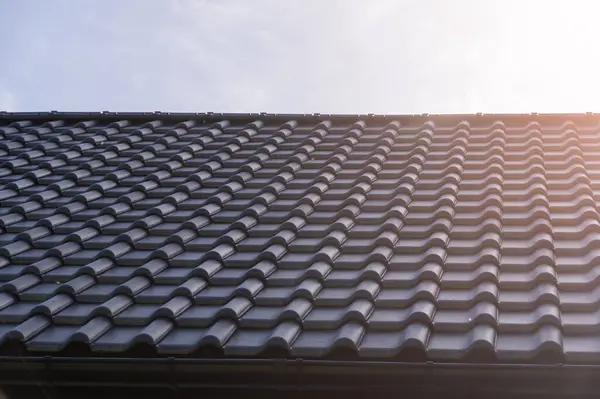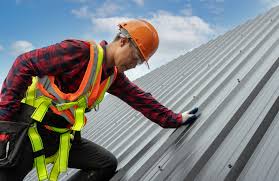Sustainable roofing solutions are an essential aspect of creating eco-friendly buildings that minimize environmental impact while maximizing energy efficiency. As the world increasingly shifts toward green construction practices, homeowners and builders alike are seeking roofing options that not only reduce carbon footprints but also contribute to long-term sustainability. These innovative solutions combine durability, functionality, and environmental consciousness to create roofs that align with modern ecological goals.
One of the most popular sustainable roofing materials is metal. Made from recyclable materials such as aluminum or steel, metal roofs are incredibly durable and can last for decades without significant wear and tear. Their reflective properties help reduce heat absorption, keeping homes cooler in warmer climates and reducing reliance on air conditioning systems. At the end of their lifespan, metal roofs can be recycled again, making them a circular option for environmentally conscious homeowners.
Another excellent choice is solar panel roofing. By harnessing renewable energy from the sun, solar panels provide a clean power source while simultaneously reducing utility bills over time. Solar shingles have emerged as an innovative alternative to traditional bulky panels; they integrate seamlessly into the roof’s design while maintaining its aesthetic appeal. Though initial installation costs may be higher than other options, government visit our website incentives and long-term savings make this a viable investment for those committed to sustainability.
Green or living roofs represent another cutting-edge solution gaining popularity among urban areas looking to combat pollution and improve insulation efficiency. These roofs involve layers of vegetation planted over waterproof membranes, providing natural cooling effects during hot seasons while improving air quality by absorbing carbon dioxide and releasing oxygen back into the atmosphere. Additionally, green roofs aid in stormwater management by capturing rainwater runoff—an increasingly important feature in regions prone to flooding.
Clay tiles also offer sustainable benefits due to their longevity and ability to regulate indoor temperatures naturally through thermal mass properties. Similarly, asphalt shingles made from recycled materials like rubber tires or post-consumer plastics present an eco-friendly twist on a classic material widely used across residential projects.
When selecting sustainable roofing solutions for your home or building project, it’s crucial to assess factors such as climate compatibility, budget constraints, maintenance requirements, and overall environmental impact over time. Combining these considerations ensures you choose a system that aligns with both personal preferences and broader ecological goals.
By adopting sustainable roofing practices today—whether through renewable energy integration or using recyclable materials—you contribute toward preserving natural resources for future generations while enjoying enhanced comfort in your living space today.




